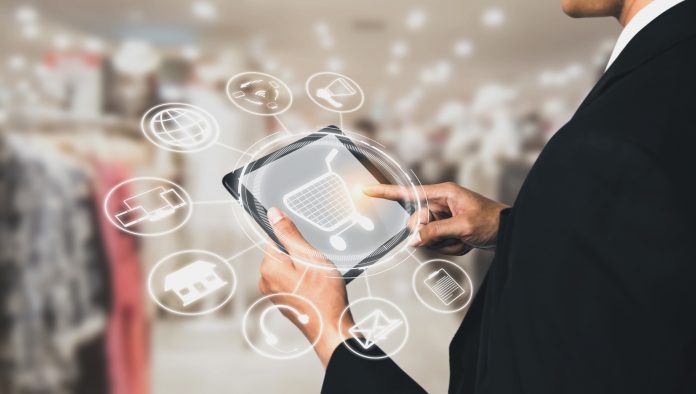David John, CEO and Founder of Loyalize, discusses why the Government needs to ensure that data is at the heart of its retail bounce back education strategy
The retail environment was already undergoing a transformation before the recent pandemic, which has only continued to reshape consumer behaviour around the world. A 2019 survey showed that 92% of 1,400 retailers identified “reinvesting the customer experience” as a top priority. With the new reality, we have all been forced in to, this priority is only becoming more evident.
Retail is becoming an increasingly data-rich environment as more businesses go digital (for example, look at ASOS’s recent acquisition of the Topshop, Topman, Miss Selfridge and HIIT brands but with the decision to close all stores), and customer experiences, both online and offline, are directly affected by the quality of customer data. But the challenge is how to capture the right data sets and leverage them to best respond to these new customer behaviours.
In a turbulent marketplace, retailers need to ensure they maintain high-quality data sets, giving them a single, accurate view of their customers across all channels. Low-quality data will only result in inconsistencies and dissatisfied customers.
Online shopping
When stores open back up, how will retailers attract customers back when they have been so comfortable shopping online? They must offer a truly omnichannel experience that seamlessly interlinks their online and offline channels.
The high street is not dead, only sleeping. When it is allowed to wake up properly, there will be a surge in activity as people look to leave their homes, get outside and start shopping.
We may not reach the levels previously seen in a pre-pandemic world, but the in-store experience is not something that can be replicated online and is a feeling that many people still miss.
Recent innovations in digital technologies have put power in the hands of the consumer. The challenge around personalisation, however, is that it’s fast-moving beyond basic product recommendations. Personalisation is now about trying to create a tailored experience that is inclusive of consumer likes and dislikes.
The role of new technologies such as AI will also become fundamental to enhancing the customer experience; collecting and harnessing data and using predictive analytics to understand what customers want, how the market is performing and identifying future trends.
One way to ensure the collection of high-quality data is through a loyalty programme. Countless vendors have loyalty schemes in place that enable them to collect data on customers, including where they make purchases, what time of day they like to shop and whether they prefer purchasing online or in-store. How they use this data to deliver targeted messages and offers to customers is key to ensuring a profitable operation.
For example, if they can collect data on a granular or itemised level in as close to real-time as possible, they can then ensure a customer’s favourite items are in stock when they know they’ll be shopping. These insights, combined with the use of historical sales records, will help retailers to develop data-driven trend forecasting strategies that can significantly improve the overall customer experience.
In times of crisis, a customer’s engagement with a brand can impact their sense of trust and loyalty. With millions of people furloughed and forced into isolation, customer requirements are changing. They still want seamless, convenient and engaging shopping experiences, but there are more pressing concerns, namely: safety, security and reliability.
Now is the time for business leaders and customer experience teams to monitor and track even the smallest changes in customer preferences, and redesign their user journeys accordingly – all based on data.















